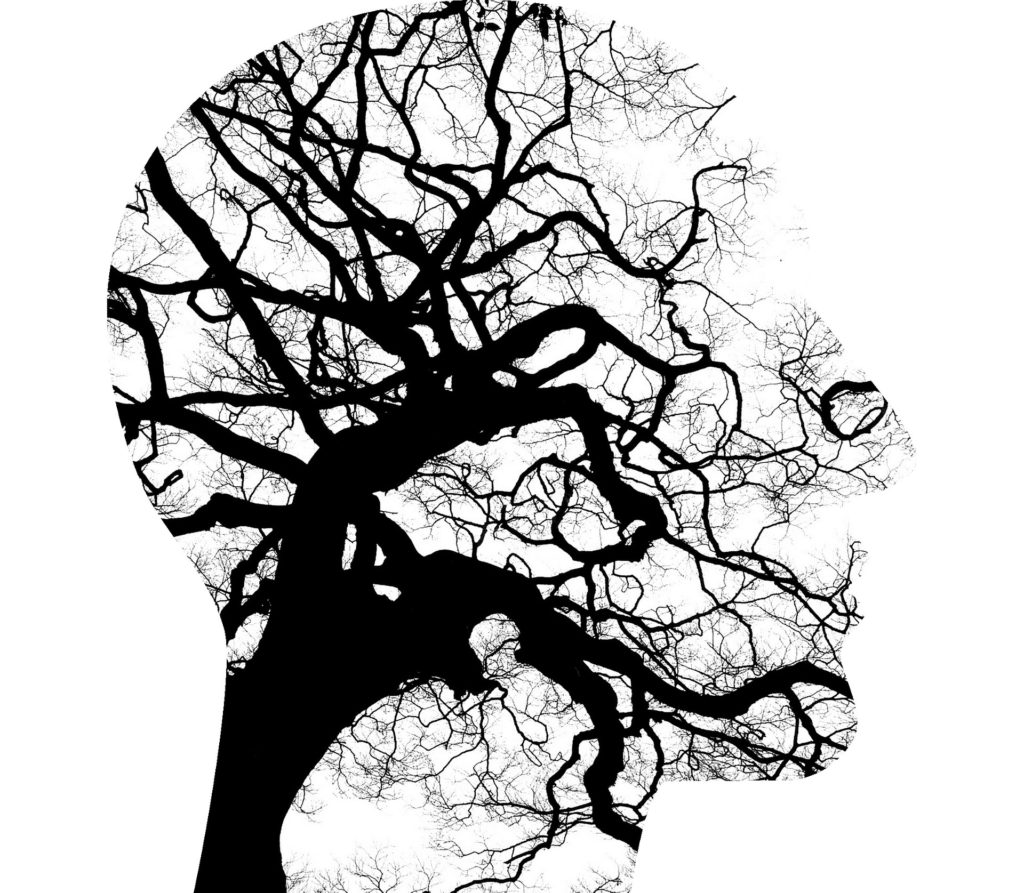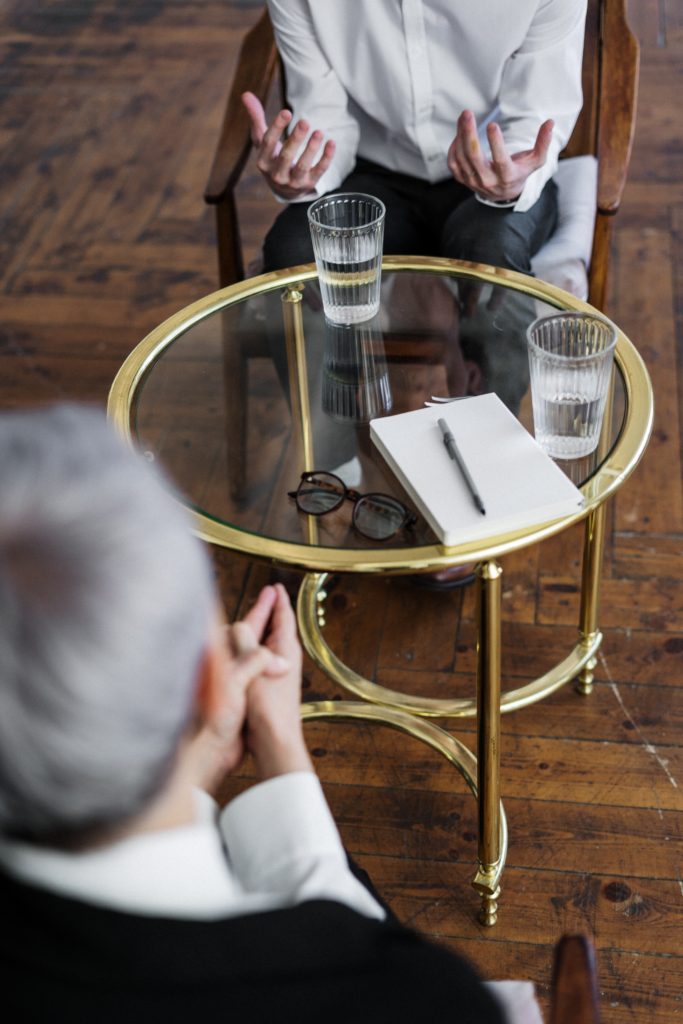Approaches
Somatic Counselling
A mix of verbal and somatic approaches to explore the clients experience and work towards the client’s goals. Well suited for any kind of issue or treatment goal.
Our approach to somatic counselling is heavily based on neuroscience, specifically Polyvagal Theory. Polyvagal theory is a theory proposed by Stephen Porges that describes how the autonomic nervous system evolved to keep us safe and alive.
As mammals evolved from reptiles, our autonomic nervous system developed to automatically communicate with other mammals and engage different self-defense systems when needed.
When our self-defense systems are repeatedly or chronically engaged or we aren’t able to communicate with others effectively, e.g. in response to simple or complex trauma, our bodily systems can become stuck in certain maladaptive states. Porges’ theory emphasizes the importance of how our physiological state—the way the systems of our body are functioning—is involved in behavioral problems and psychiatric disorders (Somatic Movement Center, 2021).
Somatic and polyvagal-informed therapies aim at repatterning and recalibrating this system to increase the sense of safety and to change maladaptive states.


Animal Assisted
Psychotherapy
Animal Assisted Psychotherapy (AAP) integrates the presence and dynamics of animals with counselling skills and psychotherapy practice to support mental health and psychological treatment. This approach enhances client engagement, and promotes the client’s experience of psychological safety by including the unconditional acceptance that many animals provide.
AAP can promote healing by addressing trauma in a natural, safe, and relational manner that include the human-animal connection, supporting emotional regulation and social and emotional skill development. It is an innovative methodology that has the potential to reach difficult-to-engage clients through the therapeutic process and human-animal interaction.
Trained AAP practitioners can design professional, effective and meaningful ways to meet client therapeutic goals (The Equine & Animal Assisted Psychotherapy Institute, 2025).
Sensorimotor Psychotherapy
Using the body and its expression through sensation and movement to explore the clients experience and work towards the clients goals. Particularly helpful in the processing of trauma and attachment related issues.
SP welcomes the body as an integral source of information which can guide resourcing and the accessing and processing of challenging, traumatic, and developmental experience. SP is a holistic approach that includes somatic, emotional, and cognitive processing and integration. SP enables clients to discover and change habitual physical and psychological patterns that impede optimal functioning and well-being. SP is helpful in working with dysregulated activation and other effects of trauma, as well as the limiting belief systems of developmental issues.
SP helps clients cultivate their strengths, while providing enough challenge to stimulate growth, long lasting change, and well-being (Sensorimotor Psychotherapy Institute, 2022).


Creative Arts Therapy
Using creative means such as drawing, music, movement, writing, drama to explore the clients experience and work towards the clients goals. Beneficial for when words are not enough or an experience cannot quite be verbalised yet.
Creative arts therapies are based on the idea that creativity enhances the well-being of all people and is a natural part of all cultures and human experience. It is an experiential, holistic, psychotherapeutic approach aligning well with indigenous practices. Creative arts therapies use creative processes to help clients explore and express unconscious material that is often difficult to articulate in words.
These methods are innovative, participatory and practical: they provide a supportive space for participants to ‘try on’ and practise new behaviours, and this can be more effective than merely talking about change. Creativity harnesses the imagination and a sense of play. This can help those who have limited choices in their life to use the safe space of the therapeutic environment to learn to tolerate the uncertainty of the unknown, and to become more comfortable to be able to improvise and open up new possibilities in their lives. A key feature of the creative arts therapies is that the processes are often pleasurable. This means that using the arts we are more likely to practice new patterns of more healthy behaviour.
Because creative arts therapies are based on body awareness they can effectively address trauma and emotional and physical dysregulation. Creative arts therapies can increase resilience by improving the sense of agency and self-understanding through the ability to express feelings symbolically. This can give new perspectives on oneself and on one’s world view, which is essential in the recovery process. (ANZACATA, 2021)
F.A.Q.
While we do not offer classic CBT, cognition and behaviour are included and being worked on as part of the human experience. The biggest difference between a classic CBT approach and ours is that ours tends to be less directive and more participatory.
We understand that not everybody wants to work with the body, for many reasons. Our primary goal is to support our clients and empower them. All of our techniques are offered as invitations and can be accepted or declined by the client. If you do not want to work with the body, we respect that and will offer alternatives that hopefully resonate more with you.
Not at all! Creative Arts Therapy simply offer another pathway to exploration outside the verbal/ cognitive one. This may be as simple as working with colours and shapes, or exploring symbols and metaphors through a medium such as drawing, moving, sound, or writing.
This is a difficult question to answer, as it depends on the clients goals, their complexity, the therapeutic relationship, and external and societal factors. We aim to maximise the benefit of each session by checking in with the client at the beginning of the appointment. In the past, clients have engaged with us as little as a few appointments to several years. Clients are encouraged to engage with our services for as long or as little as they perceive them useful. We welcome but do not expect a long-term commitment, as we are aware that life is rarely that predictable.
